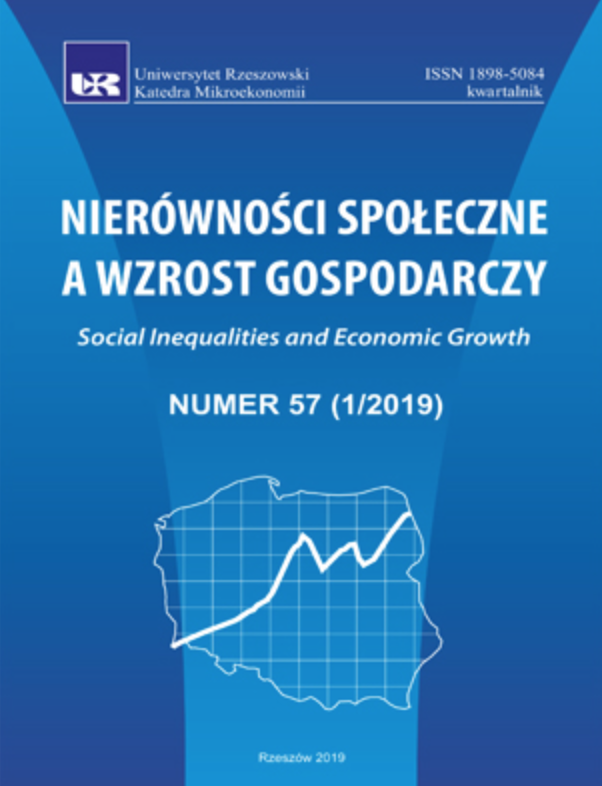Wpływ wybranych instrumentów Wspólnej Polityki Rolnej na umacnianie i spowalnianie procesów rozwojowych w polskim rolnictwie
Impact of selected Common Agricultural Policy instruments on the strengthening and slowing of development processes in Polish agriculture
Author(s): Bożena Karwat-Woźniak Subject(s): Agriculture
Published by: Wydawnictwo Uniwersytetu Rzeszowskiego
Keywords: agriculture; Common Agricultural Policy of the European Union; structural change
Summary/Abstract: The Common Agricultural Policy (CAP) is historically the first among the common socio-economicpolicies of the EU that has undergone various changes. The contemporary CAP does notonly aim at guaranteeing food security to consumers and fair income to farmers, but also to ensure:sustainable agricultural and rural development, increase in farm competitiveness, environmental andlandscape protection.The aim of this paper is to analyse the changes that have taken place in Polish agriculturesince the accession to the EU, and the impact of the CAP on those changes. The focus is mainlyon the analysis of selected measures under the RPD. The work has been carried out as a statisticaland descriptive analysis of the available empirical data using comparative methods. The data usedcomes from Statistics Poland, the ARMA, Eurostat, fieldwork done by the Institute of Agriculturaland Food Economics, and the literature.The analysis shows that the implementation of the CAP in Polish agriculture has resulted inthe quality of development, and farmers have used the opportunity relatively well. Despite certainunfavourable consequences, the overall balance of Polish agriculture as a EU Member is good. Thenecessity to adjust to the standards of the EU market was a barrier for a certain group of farmers,but this constraint and the inflow of funds has led to the faster modernisation of agriculture (improvementin the agrarian structure, increase in the ownership of agricultural machinery, increasedeconomic power, technological modernisation, etc.) and the rise of a group of economically resilientfarms. This phenomenon has in turn stimulated improvement in the productivity of production factors.Such a situation, the expansion of the market and direct payment has resulted in the increase ofagricultural income. The impact of direct payments on the structural change has been ambiguous.On one hand, it has stimulated the concentration of land ownership, as the increase in the farm areaentails higher payments, and the economies of scale, while on the other hand, it prevented smallholdersfrom making a decision.
Journal: Nierówności Społeczne a Wzrost Gospodarczy
- Issue Year: 2019
- Issue No: 57
- Page Range: 304-315
- Page Count: 12
- Language: Polish

